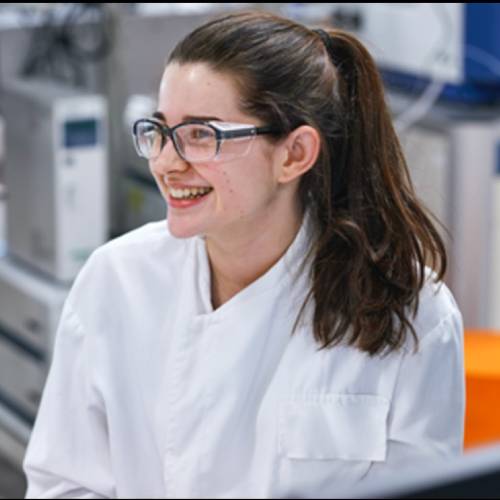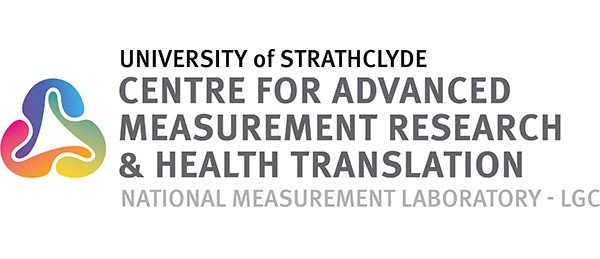The centre capitalises on existing critical research and measurement capabilities in food at NML at LGC; instrumental in guaranteeing safety, quality, authenticity and regulatory adherence of foods. Cutting-edge technological know-how in health and life sciences at Strathclyde further strengthens the centre’s ability to positively impact the whole food supply chain; from producers to its consumers.
This end-to-end impact of our research strategy is exemplified through our current project in cell and tissue imaging by enhanced Raman spectroscopy. Its objective is to develop a more sensitive and targeted analytical technique, where through successful execution and validation of this project, clinicians will be able to improve delivery of cancer chemotherapeutics, tailored to specific cancers and individual patients. The ultimate aim is to minimise harmful side-effects experienced by patients after cancer treatment.
Below are details of this first co-funded research.
Investigation of the quantitation of surface enhanced Raman scattering (SERS) signals from metallic nanoparticles as standardised and calibrated by hyphenated ICPMS
Project description:
- PhD student project
- PhD Student: Aristea Ana Leventi
- Industrial Advisor (NML at LGC): Dr Heidi Goenaga-Infante
- Academic Advisor (Strathclyde): Professor Duncan Graham
- Project start: 1 October 2019
- Project term: 3.5 years
The overarching aim of this project is to investigate the quantitation of surface enhanced Raman scattering (SERS) signals coming from metallic nanoparticles as standardised and calibrated by hyphenated ICPMS.

SERS arises from metallic nanoparticles which have been functionalised with a specific Raman reporter group. Additionally, metallic nanoparticles such as gold and silver can give rise to enhanced Raman scattering of molecules found within single cells such as proteins, nucleic acids and lipids. One of the major issues with SERS is the ability to accurately quantify the amount of molecule being detected from the intensity or other parameter of the resulting spectrum. Changes in relative quantitation are reasonably straightforward however obtaining absolute quantitation has been very challenging to date. In this vein, strategies for absolute quantitative elemental imaging of tissues and single cells using laser ablation (LA) with ICP-MS are under development by the NML at LGC.
The aim of the studentship is to investigate methods of quantification of SERS signals by correlating measurements made optically with quantitative imaging by LA-ICPMS. The following areas will be investigated as part of the studentship:
- model samples and standards. In order to create an artificial cellular environment, a gelatin matrix and 3D printing approaches can be used to simulate the cellular environment
- targeted antibody imaging of cells. In this set of experiments the capability developed for quantification of gold nanoparticles will be used to investigate the ability of antibody functionalised gold and/or silver nanoparticles to quantify changes in receptor expression on the surfaces of cells
- gold nanoparticles have been used as carriers of the extensively used platinum based chemotherapy drugs to combat cancer. Platinum drugs can be added to gold nanoparticles to improve their drug uptake and in some cases their inhibitory concentrations. This is important when minimising the amount of drug required for the treatment of cancers to minimise side effects
- gold nanoparticles have been shown to act as radio sensitisers by enhancing the effects of radiation. This is particularly important when addressing cancers such as glioma where the cells are resistant to radiotherapy
.jpg)
